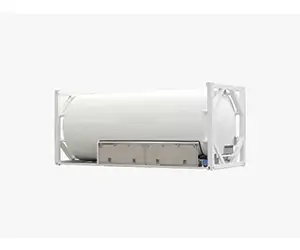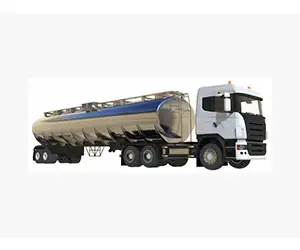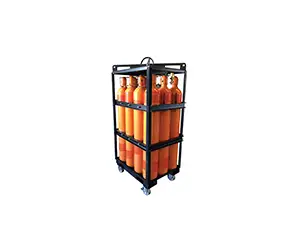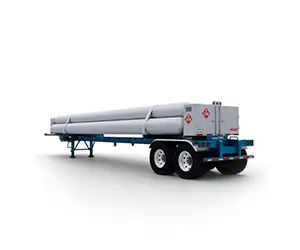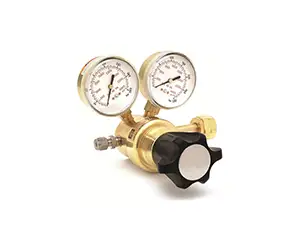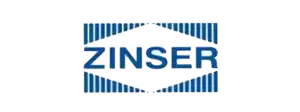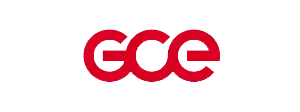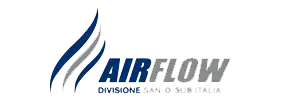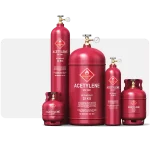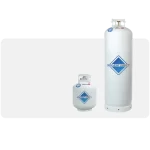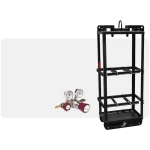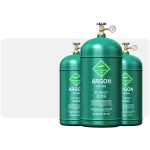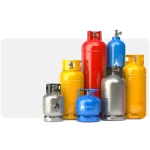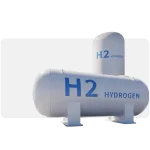All kinds of refrigerant gases, Freon gas
Freon gas is a colorless, odorless, non-flammable and non-corrosive gas with low toxicity that was introduced as a refrigerant in the 1930s. They were also useful as propellants for aerosols and in numerous technical applications. Freon (trademark) includes several simple fluorinated aliphatic organic compounds used for commercial and industrial purposes. Apart from fluorine and carbon, freons often contain hydrogen, bromine or chlorine. As such, freons are chlorofluorocarbons (CFCs), hydrofluorocarbons (HCFCs) and related compounds.
Freons in chemistry have a low boiling point, low surface tension and low viscosity, which make them very valuable refrigerants. They are extremely stable and inert materials. Freons do not pose a fire hazard and do not emit a detectable odor when circulating in refrigerators and air conditioners. Dichlorodifluoromethane (Freon 12), trichlorofluoromethane (Freon 11), chlorodifluoromethane (Freon 22), dichlorotetrafluoroethane (Freon 114), and trichlorotrifluoroethane (Freon 113) are members of the family.

History of freons
Frederick Swartz synthesized the first CFCs in the 1890s. In the late 1920s, a research team was led by Charles Franklin Kettering at General Motors to replace dangerous refrigerants such as ammonia. Thomas Midgley Jr. led the band. In 1928, the team advanced the synthesis of CFCs and demonstrated their utility, stability, and non-toxicity. Kettering patented a cooling device for the use of gas. He outsourced it to Frigidaire, a wholly owned subsidiary of General Motors. In 1930, General Motors and de Pont formed Kinetic Chemicals to produce Freon. Their product was dichlorodifluoromethane and was called “Freon-12”, “R-12” or “CFC-12”. The number after R is a refrigerant class number developed by DuPont to systematically identify single halogenated hydrocarbons and other refrigerants in addition to halocarbons.
The use of most CFCs is currently banned or severely restricted by the Montreal Protocol of August 1987, as they are responsible for the depletion of the ozone layer. Freon brands containing hydrofluorocarbons (HFCs) have replaced them in many applications, but they are also under strict control under the Kyoto Protocol because they are considered “greenhouse” gases.
Freon formula
Du Pont introduced a naming system for CFCs based on fluorine, hydrogen and carbon atoms. The number furthest to the right is the number of fluorines. The second number from the right is the hydrogen number plus one. Finally, the third digit from the right is the carbon number minus one. So, CHClF2 is Freon 22, CCl2F2 is Freon 12, and so on.
You need to specify which Freon formula you want. CFCl3, CF2Cl2 – these are all Freon.
Using the following method, you can understand the chemical formula of freons.
Freon (carbon number-1) (hydrogen number +1) (fluorine number)
For example: -CFCl3 Freon 11
Here the number of carbon = 1 and 1-1 = 0, so there is no need to put the number of hydrogen as zero and the number of fluorine = 1 + 1 = 0.
The use of a refrigerated tank guarantees the effective storage and transportation of refrigerated materials, which means an advantage in terms of storage space (because liquid gases occupy less space) and safety when handling these materials.
There are many different types of cryogenic tanks, while a common configuration consists of double-walled cylindrical tanks with inner tanks made of stainless steel and outer tanks made of carbon steel filled with insulating material. The choice depends on the specific liquid it contains and the size and storage capacity required.
These tanks have a pressure tank that is surrounded by a vacuum tank and is used to create a vacuum between the outer wall and the pressure tank. There are two intermediate and internal thermal shields between the outer wall of the vacuum tank and the pressure tank, which prevents the transfer of heat from the vacuum tank to the pressure tank. The heat taken by the intermediate thermal shield is absorbed by the liquid nitrogen, which is inside the liquid nitrogen container. The heat taken by the internal heat shield is preferably absorbed by the liquid neon which is located inside the liquid neon storage tank.
 Persian
Persian Englisg
Englisg Arabic
Arabic
